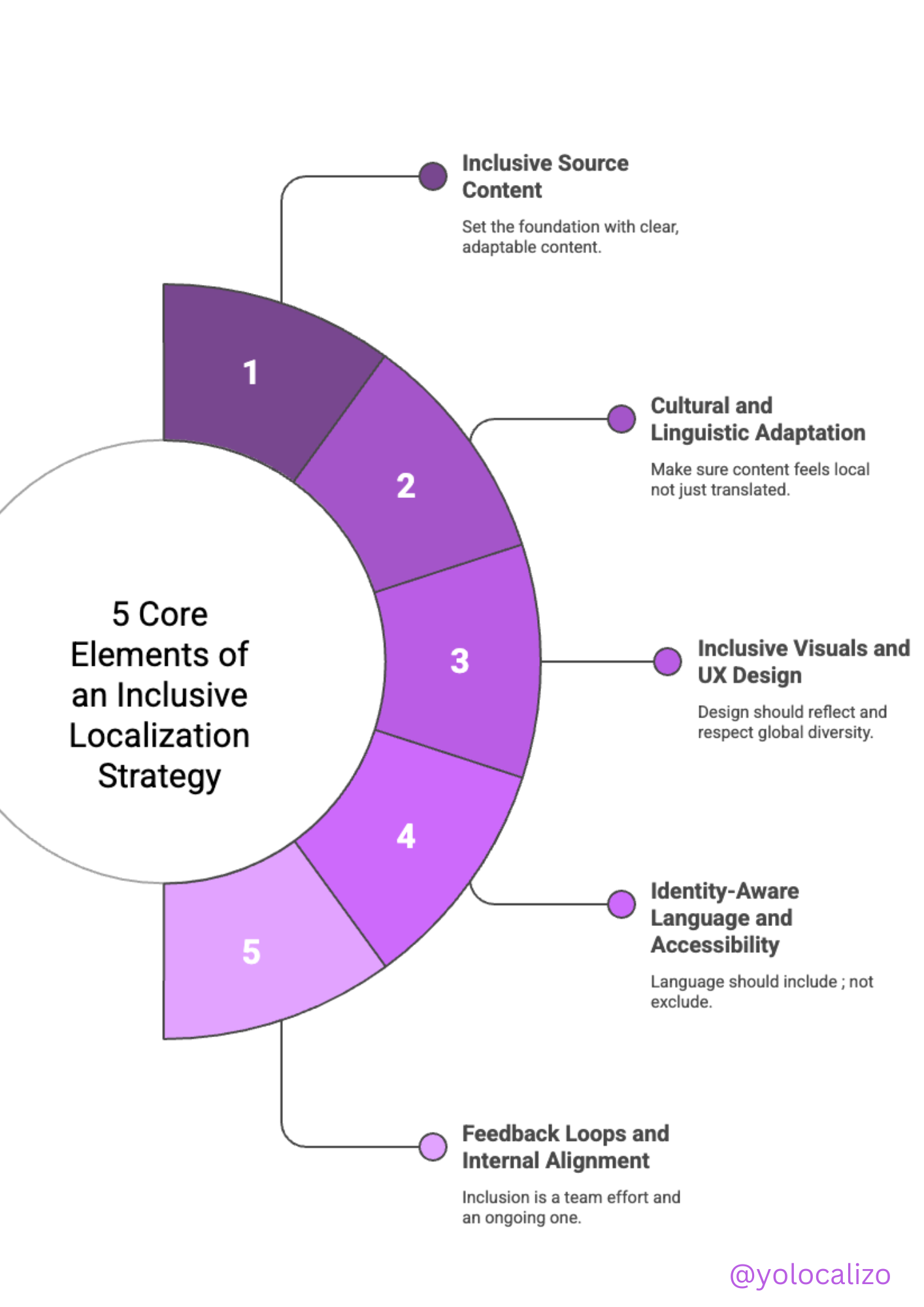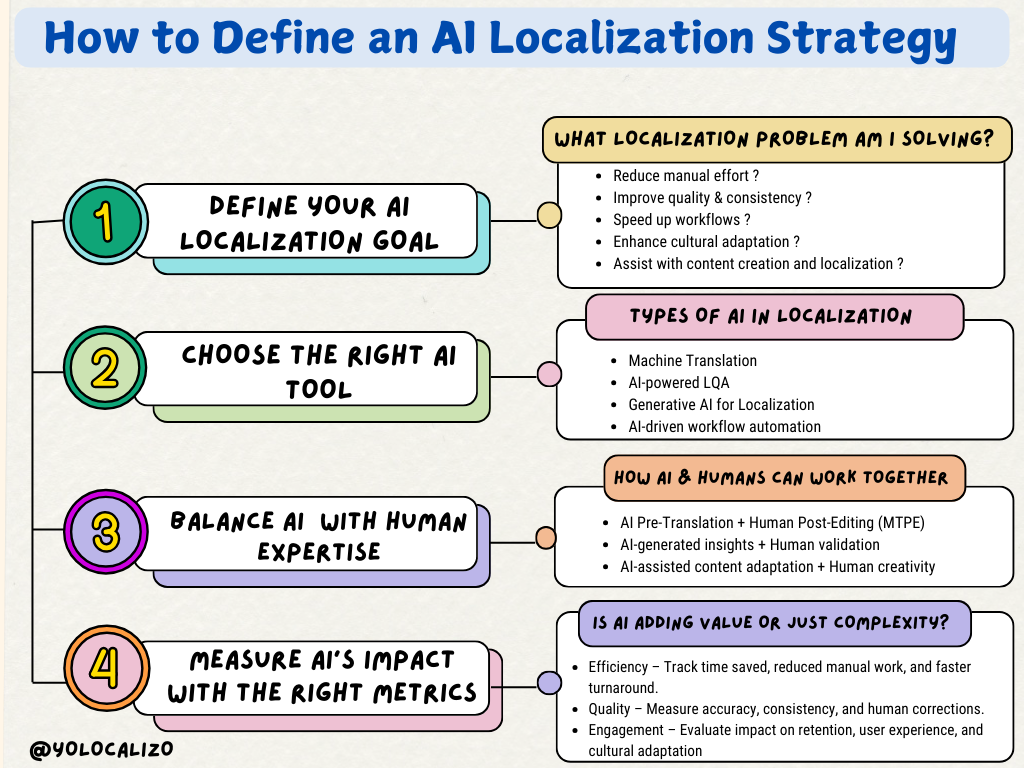What Do Localization Buyers Value When Evaluating an RFP?
The role of a Language Service Provider (LSP) is crucial in the localization industry. They are the essential building blocks of excellent content localization. Given their importance, it's interesting to explore how to evaluate the best vendor for a Language Service Buyer (LSB).
While there are many articles about best practices for preparing an RFP, information on how to evaluate them is scarce. In the following paragraphs, I will examine how a buyer can effectively evaluate the RFPs received.
What's an RFP?
The request for proposal process effectively identifies vendors capable of providing a needed Localization service. After you kick off the RFP, LSPs will provide proposals detailing their products and services so you can pick the one that best suits your needs.
Evaluating Responses to Your RFP
The RFP process is lengthy. From the moment an LSB decides they need help with their localization strategy until they are reviewing different bids, weeks or even months may have passed. I remember an RFP procurement process I was involved in a few years ago that took almost the entire year. We started the call for RFPs in March, and the account winner was decided shortly before Christmas. It was a long process with many responses to analyze.
This brings us to the first key aspect: having a consistent approach to analyzing the responses received.
Click HERE to download the infographic
1. Quality of the Answers
One of the most striking areas when reviewing RFPs is whether the response is customized or looks like a copy/paste job from other proposals the LSP has recycled. A generic or superficial response isn't necessarily a reason to discard an LSP, but it certainly leaves a bad impression. As the saying goes, you only have one chance to make a good first impression, and standard responses won't do that. On the other hand, a response that addresses the client's pain points and explains how they will be resolved makes a strong statement of intent.
2. Timeliness
Every RFP includes a timeline with key dates. LSPs who are engaged from the outset—asking questions, requesting clarifications, and providing the required information on time—show excellent engagement and reliability.
3. Culture Fit
When evaluating potential suppliers, it's crucial to assess whether there's a good cultural fit. Do you share values and work ethics? You'll be spending a lot of time nurturing this relationship, so a good cultural match between buyer and provider is critical.
4. Technical Capabilities and Resource Availability
It's essential to evaluate whether the vendor can scale their resources as needed. Both human and technological resources play key roles in executing the client's work. Responses that demonstrate flexible and scalable models are on the right track. Additionally, ensure the vendor explains the advantages of their tech stack and how it integrates with the customer's ecosystem. This is also the time to ensure the buyer's content remains exportable and isn't locked into a proprietary LSP system.
5. Price
Price isn't everything, but it's a significant factor. When evaluating the pricing table, it's important to understand potential hidden costs. For example, is the PM cost included, or is it a percentage fee added to the total? Understanding what’s included in the translation is fundamental when assessing an RFP.
6. Quality
I don't spend much time reading about the quality of the service in the RFP responses. Every vendor claims to have high linguistic quality. Instead, I prefer to reach out to my LinkedIn contacts for references on the LSP's work. On paper, all LSPs look good, so checking their performance through colleagues' experiences has worked best for me.
RFP weighted scoring
Once we have defined the main areas we want to evaluate in our RFP, the next step is to create a weighting scorecard. This scorecard will help us shortlist the number of candidates. A scorecard is a table in which we assign a weight to each criterion.
For example, based on the categories described in the previous paragraphs, your RFP criteria might include the following scoring areas:
Timeliness - 15%
Culture Fit - 20%
Technical Capabilities and Resource Availability/Scalability - 30%
Price - 20%
Quality of the Answers - 15%
Weighted scoring prioritizes the most important criteria, so be sure to give more weight to what is most relevant to your business.
Summary
Evaluating RFP responses can be quite cumbersome if you are not clear about which areas are most important to you or how to compare different proposals accurately. Choosing the important categories, as discussed in this blog post, and defining weight points are effective tactics that can greatly assist you in choosing the partner that best suits your needs.














Localizability has always been a challenge small issues in source content often lead to big problems later in translation. In this post, I explore how AI is giving localization teams a powerful new way to improve source quality, reduce friction, and create better content for every market right from the start.